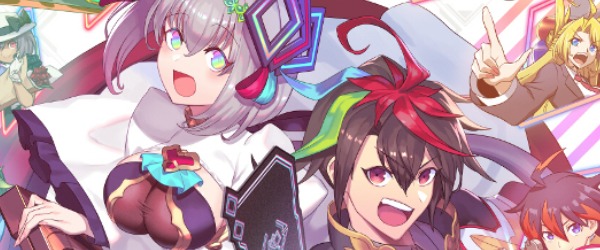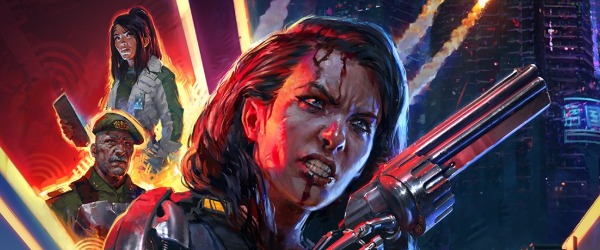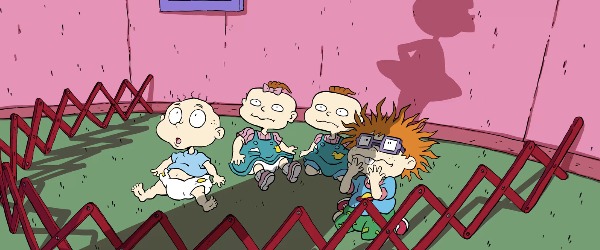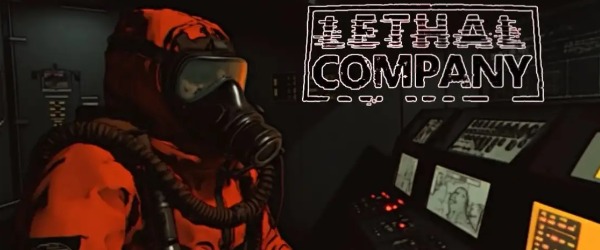
Sword Coast Legends - The Surprise Stand-out Player Creation Experience of E3 - Preview
by Jake Weston , posted on 17 June 2015 / 9,459 ViewsDungeons & Dragons has a storied history in gaming. Putting to one side the fact that the classic and enduring tabletop role-playing game has served as the genesis of virtually every video game RPG, Dungeons & Dragons has also lent its worlds and scenarios to legendary single player, story-driven games such as Baldur's Gate and Icewind Dale, and multiplayer-driven experiences such as Neverwinter Nights and Dungeons & Dragons Online.
Now, developer n-Space is combining both with Sword Coast Legends: a story-driven experience based on Forgotten Realms which can be enjoyed both solo and cooperatively and, even more intriguingly, introduces asynchronous gameplay to the series by allowing players to create scenarios as Dungeon Masters.
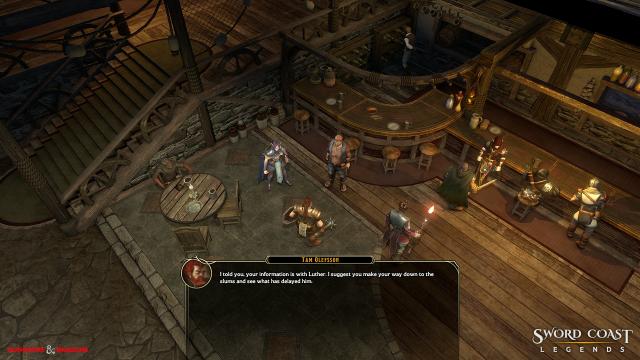
From the outset, Sword Coast Legends will be familiar to anyone who has played Black Isle Studios' forays with D&D, such as Baldur's Gate and Icewind Dale, or BioWare's spiritual successor Dragon Age: Origins. Players begin by selecting one of five races and one of six classes, and are then thrust into Sword Coast to solve a conspiracy of murder.
Gameplay is from a top-down perspective, controlling your character’s movement and abilities via clicks. Unlike similar games in the genre, however, you only control one character at a time, with players choosing to tackle the story mode alone or with up to three friends, who can import their own rolled characters from their own stories.
The real meat of the E3 demo, however, was Dungeon Master mode, which allows players to introduce their own characters, quests, monsters, and stories for players to complete. I had the chance to check out Dungeon Master (DM) mode in Sword Coast Legends, and I walked away impressed with the robustness of the tools provided to the player. Four players entered a randomly generated dungeon, and I was given full freedom to place enemies, traps, and treasure chests, as well as make cosmetic changes like placing skull heads, dead bodies, and even said bodies' blood stains.
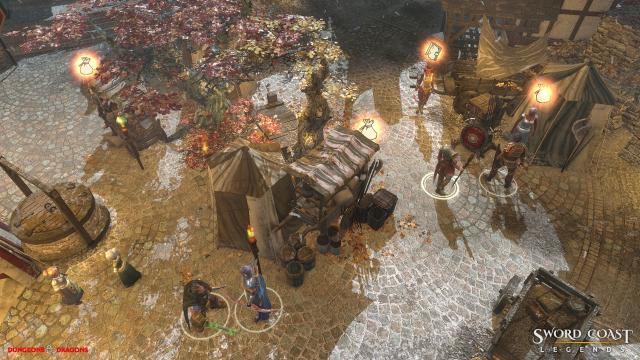
Not only could I select the types of enemies and their placements in the dungeon, but I could change their relative levels as well. Feel like players have it too easy? Increase the enemy level to make their lives tougher. Does the challenge currently seem unfair? Lower the difficulty level. What was cool about this system was the way it was built to prevent DM’s from cheesing the system and making things overly unfair on players. DM’s have a pool of expendable points used whenever they place enemies or traps or increase enemy levels. Once they run out of points, they can’t get them back until players defeat enemies or, DM’s remove enemies or lower their levels.
DM’s aren’t limited to traps and enemies; they can also add characters as well, including those that give quests (with descriptions and dialogue written by the DM) and those who are vendors, and you can also set these characters as neutral, friendly (fight alongside the characters), or hostile (attack the characters).
Feeling particularly cruel, I placed a vendor selling potions for the characters after a difficult encounter, then had him follow the characters on the way to a boss fight. The moment the party began facing the boss, I turned the vendor against them; a sudden and unexpected betrayal that added an extra level of intensity (and somewhat sadistic hilarity) to the difficult boss fight.
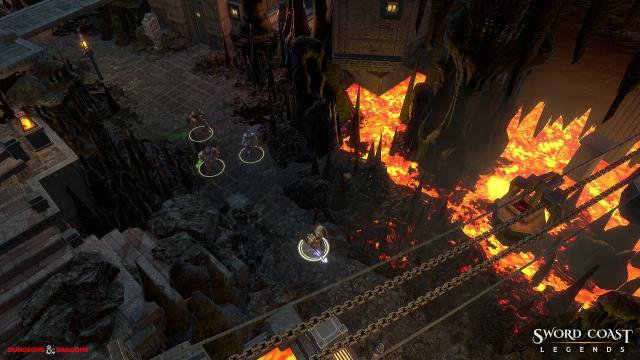
Excited about the prospects of what DM mode could entail, I asked n-Space the extent to which Masters could design stories, questlines, and combat scenarios - could players make their own “Baldur’s Gates”? In talking with n-Space, they stated that, theoretically, players could write stories and quest-lines long enough to comprise the length of an entire game. I asked if other campaign settings were on the cards for future Sword Coast Legends content, and I was told “absolutely” by n-Space.
While other player-creation focused tools at this year's E3 such as Super Mario Maker, Doom's level editor, and Media Molecule's Dream have left me feeling ambivalent, Sword Coast Legends’ Dungeon Master mode has me filled with imagination of what might be possible once it's put in creative players' hands. Whether n-Space will be able to reach their ambition remains to be seen, but what I saw makes me excited to see what will happen once Sword Coast Legends launches September 8, 2015, for PC, Mac, & Linux, and sometime Q4 2015 for PS4 and Xbox One.








